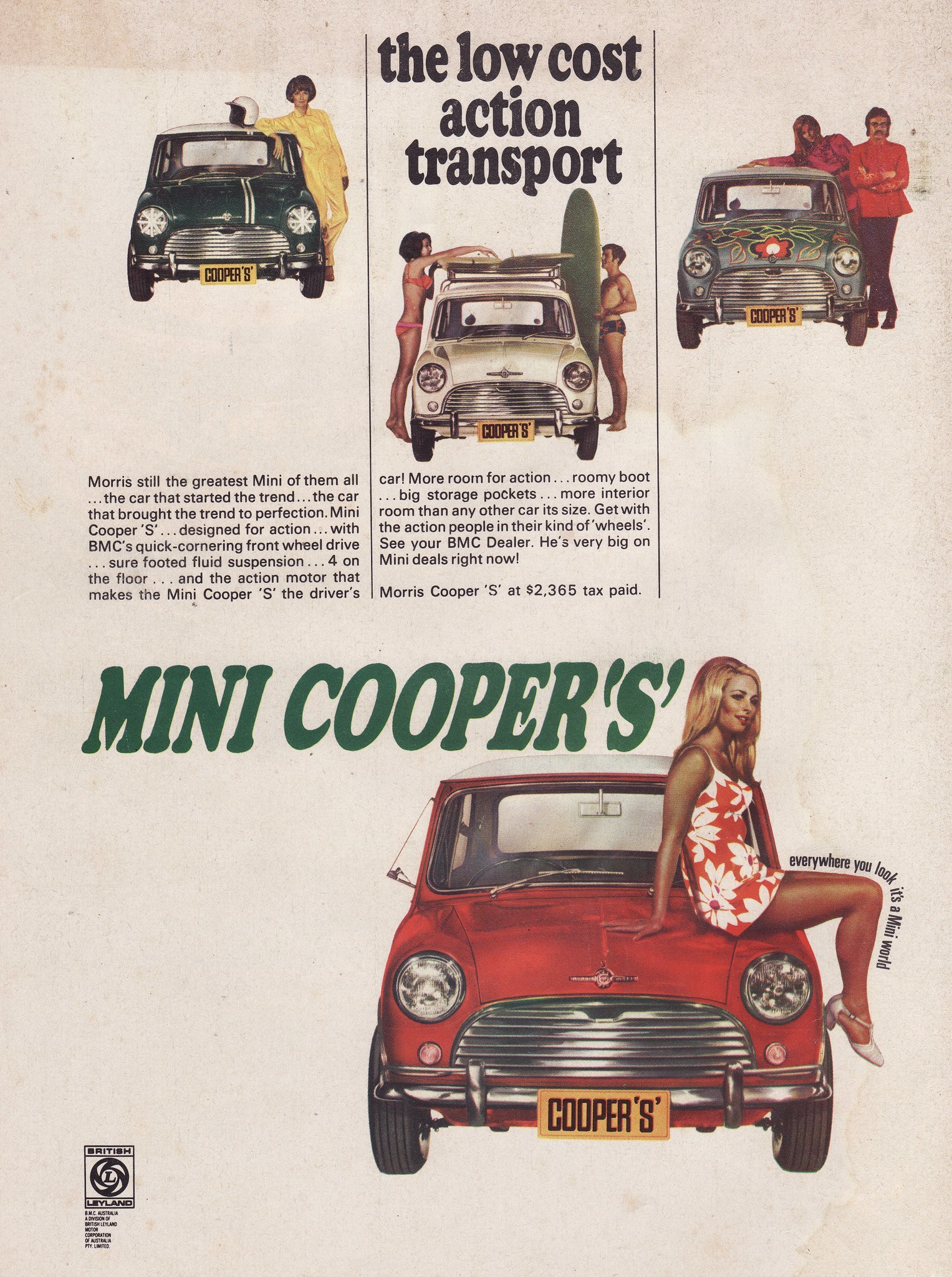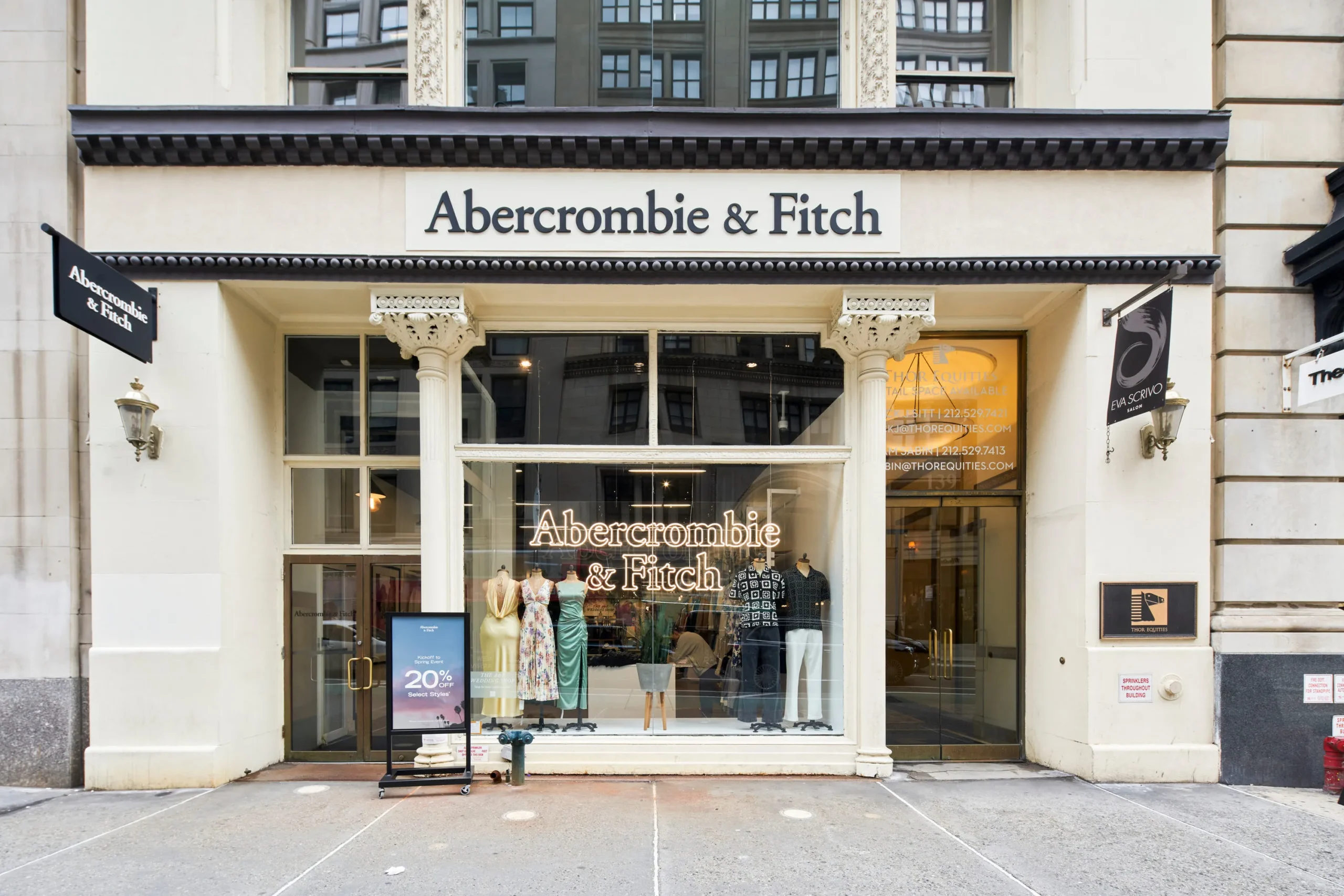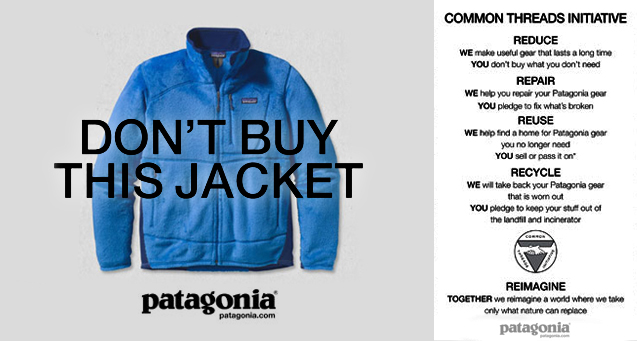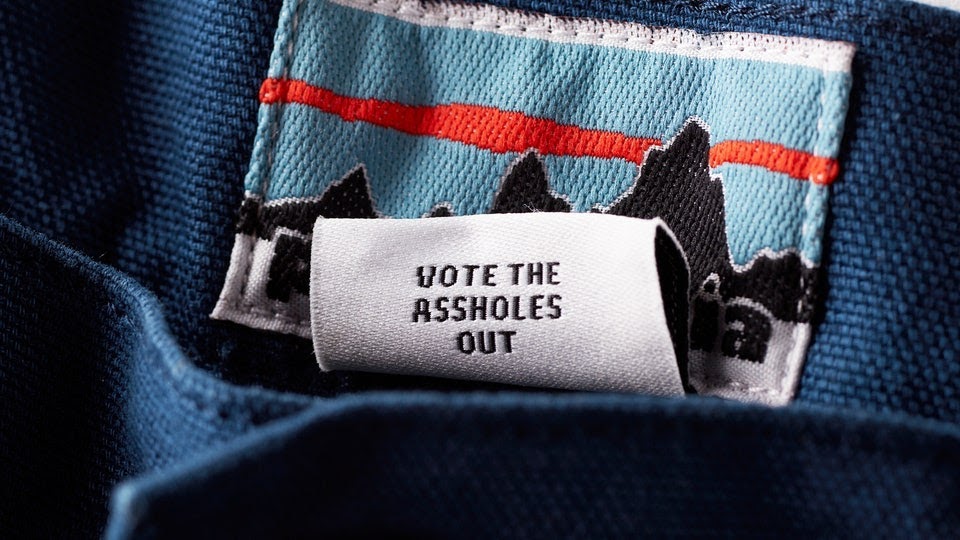How Unique Products Lose Their Edge
 Bam! Cool products burst onto the scene, sizzling with originality. But wait—they morph, twist, and suddenly… poof! Their edge vanishes. It’s a wild ride, this product gentrification thing. Picture urban neighborhoods transforming—same deal with trendy goods. From zippy cars to swanky threads, niche offerings often spiral into mainstream mediocrity. Let’s unpack this rollercoaster of consumer culture, shall we?
Bam! Cool products burst onto the scene, sizzling with originality. But wait—they morph, twist, and suddenly… poof! Their edge vanishes. It’s a wild ride, this product gentrification thing. Picture urban neighborhoods transforming—same deal with trendy goods. From zippy cars to swanky threads, niche offerings often spiral into mainstream mediocrity. Let’s unpack this rollercoaster of consumer culture, shall we?
Birth of Cool: Initial Uniqueness
Creatives flock to edgy ‘hoods; innovative products cater to subcultures. These trailblazers solve problems with pizzazz, embodying distinct aesthetics that resonate with niche crowds. Take the OG Mini—a 1959 game-changer that flipped car design on its head. Transverse engine? Check. Space-efficient layout? Double-check. It wasn’t just wheels; it was swinging ’60s Britain in metal form.

Fast forward to ’98: enter the Smart Fortwo. This pint-sized wonder offered urban drivers a cheeky solution to parking woes. Meanwhile, Abercrombie & Fitch pulled a 180, morphing from outdoor gear purveyor to teen fashion juggernaut. Dimly lit stores, shirtless eye candy, and that unmistakable scent—it wasn’t hawking clothes; it was peddling an identity.

These trendsetters shared DNA: eye-catching design, laser-focused utility, powerful brand mojo, and an air of exclusivity that made folks drool. But then… the plot thickens.
Gentrification Process: Niche to Mainstream
 As cool products gain traction, they embark on a journey mirroring urban gentrification. Artists make neighborhoods hip; affluent folks follow. Similarly, niche products catch fire, and companies pivot to court the masses. This metamorphosis involves expanding product lines, tweaking designs, and overhauling marketing strategies. The result? Often, a watering down of the very uniqueness that defined the brand. Abercrombie & Fitch looks like any other fashion store today.
As cool products gain traction, they embark on a journey mirroring urban gentrification. Artists make neighborhoods hip; affluent folks follow. Similarly, niche products catch fire, and companies pivot to court the masses. This metamorphosis involves expanding product lines, tweaking designs, and overhauling marketing strategies. The result? Often, a watering down of the very uniqueness that defined the brand. Abercrombie & Fitch looks like any other fashion store today.

Case in point: Mini, now under BMW’s wing, churned out the Countryman SUV. Sure, it tapped into the SUV craze, but it muddied Mini’s identity as the quirky compact car king. Smart faced its own tribulations, axing the iconic Fortwo. Abercrombie & Fitch? Once the epitome of teen cool, it became as common as food court pretzels. Its provocative marketing shtick grew stale, forcing a mad scramble to rebrand and stay relevant, which to be honest it isn’t.
Consequences of Mainstreaming
As products go mainstream, they often shed their original charm like a snake shedding its skin. The pressure to woo the masses can lead to design compromises that dilute the initial concept. Mini’s foray into larger vehicles like the Countryman and Clubman nudged it away from its compact city car roots. These beefed-up models might ring the cash register, but they’ve arguably dulled the brand’s unique sparkle.
Target audience? It’s a moving target. Brands expanding their horizons often pivot from niche crowds to a broader customer base. This shift can leave early adopters feeling like they’ve been ditched at prom. Abercrombie & Fitch’s journey is a textbook example. Once the coolest kid in school, it had to reinvent itself to woo older consumers and distance itself from its controversial past. In the process, it lost its edgy mojo and really all of it.
Quality concerns rear their ugly head, too. The push for market domination and fatter profit margins can lead to corner-cutting. Fast fashion giants like H&M and Zara, once hailed for democratizing runway trends, now face a barrage of criticism over their environmental impact and labor practices. The insatiable demand for rapid production and rock-bottom prices has sparked a firestorm of debate about sustainability and ethics in the fashion world. It’s a different story but do we really have to follow Shein?
The Cycle of Cool: What’s Next?
As cool products lose their luster, a vacuum forms in the market. This void creates a breeding ground for new, innovative brands to emerge. It’s like watching artists and creatives hop from one undiscovered neighborhood to another as their old haunts become gentrified.
New niche brands pop up like mushrooms after rain, catering to consumers hungry for authenticity. In the mobility world, electric vehicle upstarts like Tesla and Rivian have stormed the scene, who brought fresh perspectives to car design and marketing – well Tesla is currently loosing it again due to … – you know. Fashion saw and still sees Patagonia gaining traction by championing transparency and sustainability, appealing to shoppers disillusioned with traditional retail models.

Some brands attempt to recapture their cool factor by taking a nostalgia-fueled trip down memory lane. Nike’s periodic resurrections of classic sneaker designs and Polaroid’s instant camera comeback play on nostalgia while luring younger consumers seeking “authentic” retro experiences we might count the market growth of vinyl into this as well.
A select few manage to stay relevant by continuously innovating while staying true to their core identity. Apple has expanded far beyond its computer roots but maintained its reputation for sleek design and user-friendly tech. It’s a high-wire act of growth and brand value preservation.
Lessons for Brands and Consumers
The parallel between urban and product gentrification offers a smorgasbord of insights for brands and consumers alike. For brands, authenticity is the secret sauce. Maintaining a connection to original values and target audience can help preserve that special sauce. Innovation isn’t just a buzzword—it’s the lifeblood that keeps brands relevant without losing their edge. Growth needs to be managed like a delicate soufflé to avoid diluting the brand’s core identity.
Consumers, listen up! Understanding the lifecycle of trends can lead to more mindful purchasing decisions. Supporting innovative, smaller brands can help maintain diversity in the market. It’s crucial to distinguish between genuine innovation and marketing hype in a market saturated with choice and noise.
Gentricoolation.
The gentrification of cool products is an ongoing spectacle in our consumer-driven circus. As brands evolve from niche innovators to mainstream players, they often face a tightrope walk between growth and maintaining their unique identity. For consumers, this cycle is a double-edged sword—offering the thrill of discovering new, innovative products, but also the challenge of navigating an ever-shifting landscape of trends and marketing ploys.
Grasping this process can lead to more informed choices for businesses and consumers alike. It encourages us to value innovation, authenticity, and sustainability in the products we create and consume. Moving forward, the challenge lies in finding ways to grow and evolve while preserving the essence of what makes a product truly special. It’s a wild ride, but hey, that’s the price of cool.
As I am a marketer, I always want to cry when I see edgy and cool brands sacrificing everything for the next quarterly results. So, in slightly changed words of Steve Jobs:
“Stay humble, stay foolish, stand up for your dreams, and stay the fuck edgy!”
